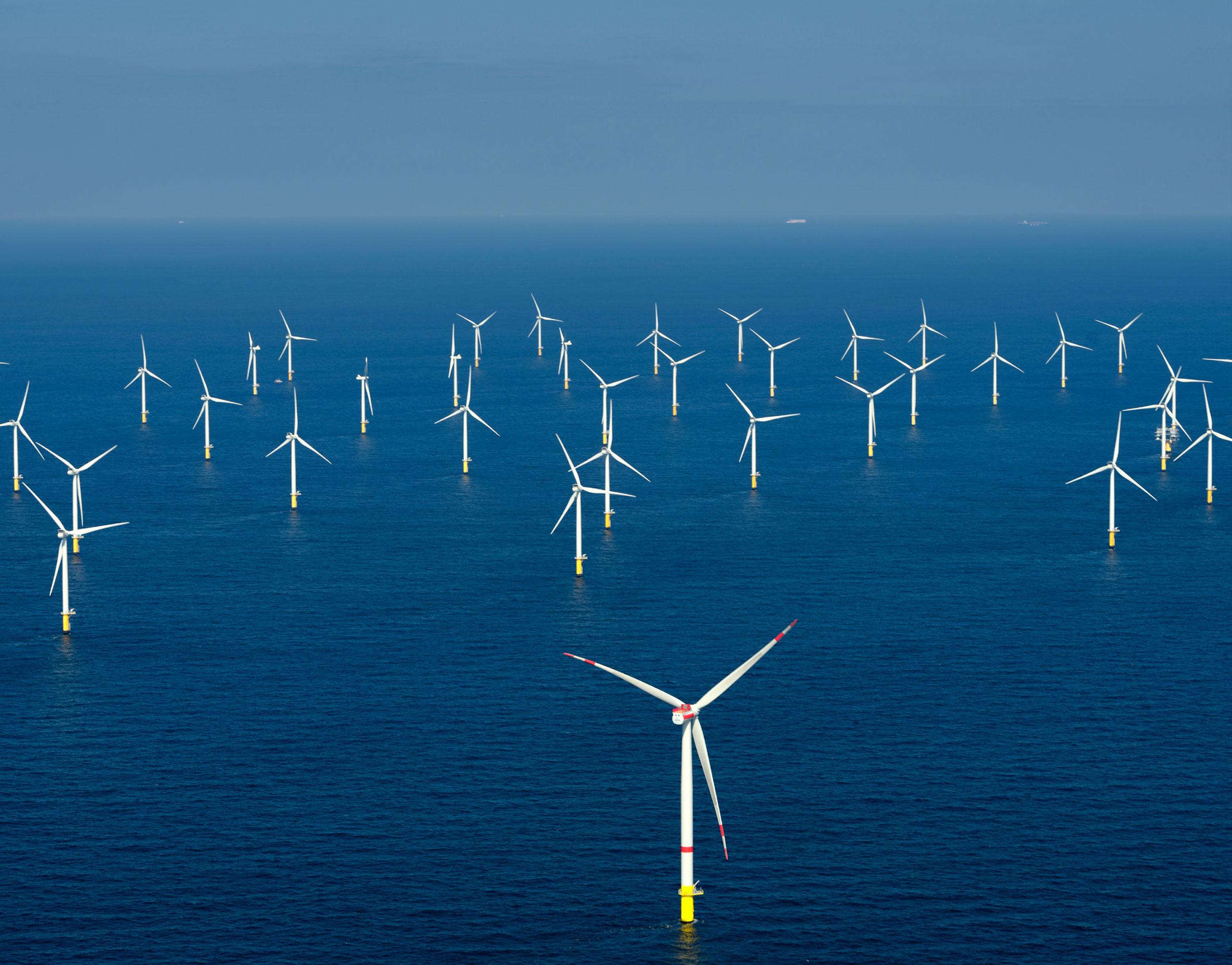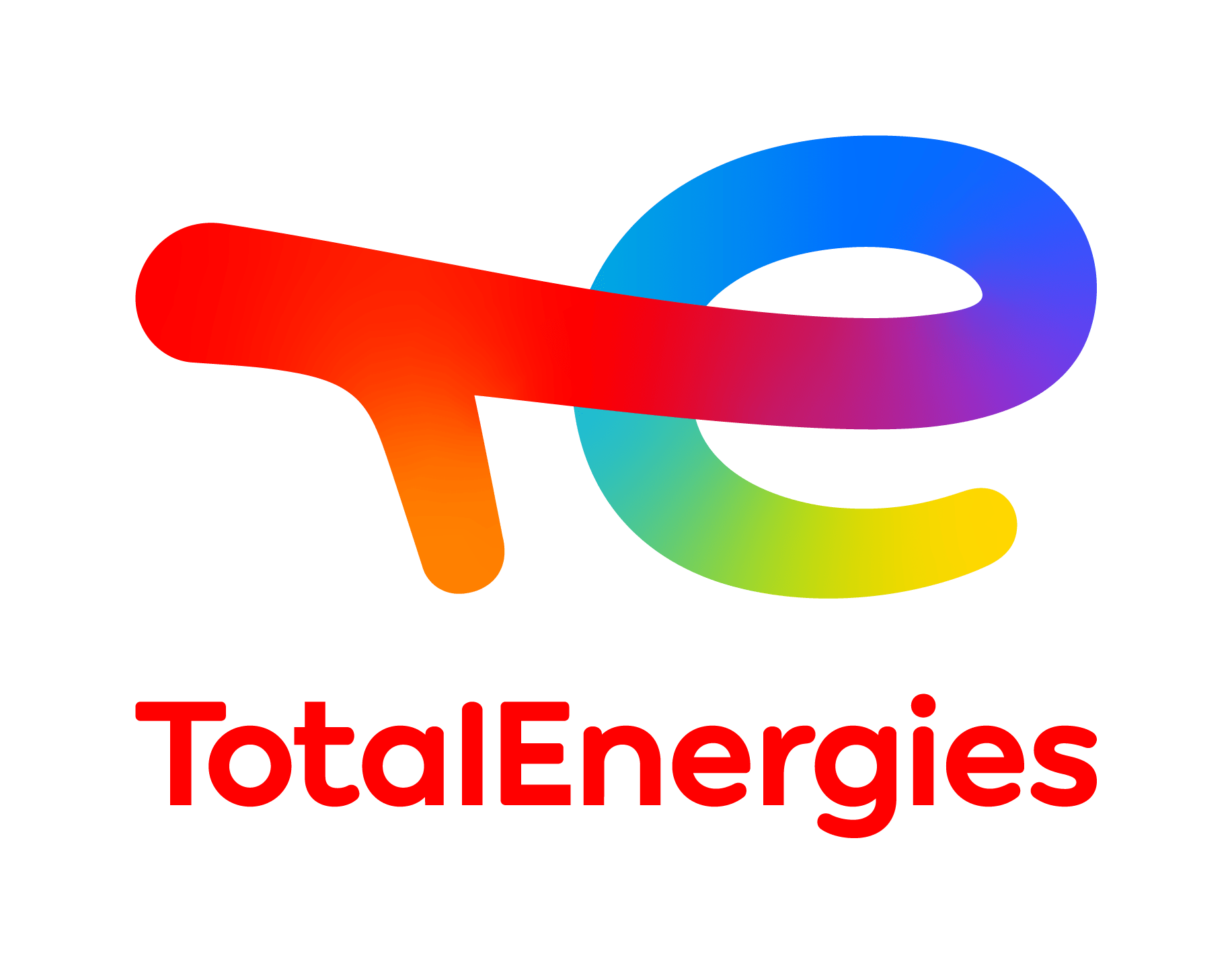About
Background
In early 2021, the Outer Dowsing Offshore Wind project was successful in securing Preferred Bidder status for a 1.5GW offshore windfarm in the Southern North Sea as part of the UK’s Offshore Wind Leasing Round 4.
Together, the six Round 4 projects awarded under the Round 4 leasing process, represent just under 8 GW of potential new offshore wind capacity with the opportunity to deliver clean electricity for more than seven million homes and create employment opportunities across the country.
Known as Outer Dowsing Offshore Wind, the site was chosen through a competitive seabed tender process.
The Crown Estate completed the Plan-Level Habitats Regulations Assessment (HRA), assessing the potential impacts of the Round 4 plan on the UK national network of protected areas, covering its most valuable species and habitats. Following this the Project was awarded a seabed Agreement for Lease by the Crown Estate.
The Project is conducting a separate Project Level Environmental Assessment which will accompany the application to the Planning Inspectorate. The Project has consulted on a Preliminary Environmental Information Report as part of our statutory consultation.
Further information on our consultation process is detailed in our Statement of Community Consultation.

The Project
Outer Dowsing Offshore Wind is a 1.5GW project located approximately 54km off the Lincolnshire coast.
The project is being developed by Total Energies, Corio Generation (a wholly-owned Green Investment Group portfolio company), and Gulf Energy Developments, and will be one of the UK’s largest offshore wind farms upon completion. It is anticipated to generate renewable electricity equivalent to the annual electricity consumption of over 1.6 million households and will play a critical role in achieving the UK Government’s ambition to deliver 50 GW of offshore wind by 2030 and achieve net zero by 2050.
Outer Dowsing will displace the equivalent of nearly 2 million tonnes CO2 emissions per year of operations through the generation of renewable electricity. This is also the equivalent of removing over 650,000 petrol cars from the road for the duration of the Project.
The Partners
TotalEnergies is a global multi-energy company that produces and markets energies: oil and biofuels, natural gas and green gases, renewables and electricity.
It’s over 100,000 employees are committed to energy that is ever more affordable, cleaner, more reliable and accessible to as many people as possible. Active in more than 130 countries, TotalEnergies puts sustainable development in all its dimensions at the heart of its projects and operations to contribute to the well-being of people.
As part of its ambition to get to net zero by 2050, TotalEnergies is building a portfolio of activities in renewables and electricity to reach 35 GW of gross production capacity from renewable sources and storage by 2025, and then 100 GW by 2030 with the objective of being among the world’s top 5 producers of electricity from wind and solar energy.
TotalEnergies is already developing a portfolio of offshore wind projects with a total capacity of more than 11 GW, of which 2/3 are bottom-fixed and 1/3 are floating.
For more information, please visit www.totalenergies.com

Corio Generation is a Green Investment Group (GIG) portfolio company, operating on a standalone basis. GIG is a specialist green investor within Macquarie Asset Management, part of Macquarie Group.
With a unique blend of sector-leading expertise and deep access to long-term capital, Corio Generation applies a long-term partnership approach to the creation and management of projects, taking them from origination, through development and construction, and into operations.
Corio Generation’s 15 GW pipeline is one of the largest in the world, spanning established and emerging markets, as well as floating and traditional fixed-bottom technologies. These next generation offshore wind projects will help form the backbone of the net-zero global energy system while meeting the energy needs of communities and corporate offtakers sustainably, reliably, safely and responsibly.
Corio Generation is a Green Investment Group (GIG) portfolio company, operating on a standalone basis. GIG is a specialist green investor within Macquarie Asset Management, part of Macquarie Group.
For more information visit www.coriogeneration.com

Gulf Energy Development (GULF) is a holding company headquartered in Thailand that invests in a global portfolio of energy, infrastructure, and digital and telecommunications businesses.
GULF brings close to three decades of experience in energy project management and operation, with a mission to invest in businesses related to renewable energy and climate management, in accordance with the global target to achieve net zero emissions by 2050.
As one of Thailand’s largest private power producers with over 20 GW of gas-fired and renewable capacity, GULF is committed to supporting the energy transition with onshore and offshore wind projects, solar projects, and other contributions to energy security across various regions to create sustainable shared value in all spheres where it operates.
For more information, please visit www.gulf.co.th

Project Milestones
The UK Government has ambitious plans to have 50 GW of operating offshore wind capacity installed by 2030 – enough to potentially power every home in the UK.
Innovation and economies of scale within the offshore wind industry have helped to significantly drive down costs whilst at the same time decarbonising the economy and generating thousands of jobs in the supply chain. The sector has supported the regeneration of a number of local coastal communities and economies through both the construction and ongoing maintenance of projects.
The new British Energy Security Strategy is now expected to further increase the number of renewables industry opportunities in the UK by supporting 90,000 jobs in offshore wind by 2028 whilst at the same time reducing our reliance on imported fossil fuels.
Outer Dowsing Offshore Wind will be one of the UK’s largest offshore wind farms upon completion. It is anticipated to generate renewable electricity equivalent to the annual electricity consumption of over 1.6 million households and will play a critical role in achieving the UK Government’s ambition to deliver 50 GW of offshore wind by 2030 and achieve net zero by 2050.
The following milestones are planned to be achieved by 2030:
- Round 4 ‘Preferred Bidder’ status awarded (achieved)
- Publication of Scoping Report (achieved)
- Submission of the Preliminary Environmental Information Report (achieved)
- Submission of Development Consent Application (achieved)
- Development consent granted
- Project commissioned and contributing to UK Government’s 2030 offshore wind targets
FAQs
Climate Change and Energy
Construction and Design
It is currently anticipated that construction will take up to 36 months
Outer Dowsing Offshore Wind will transmit the power from the offshore wind farm via underground cables. These will meet land at Wolla Bank and continue underground to Surfleet Marsh to the Outer Dowsing Offshore Wind substation. The project will then connect into existing overhead lines at Weston Marsh.
No new overhead lines (pylons) will be built as part of the project; the cables will instead be buried underground from the landfall at Wolla Bank to the substation in Surfleet Marsh.
The maximum design envelope has been presented in the Scoping Report which constitutes an 80m wide temporary construction corridor with a 60m wide cable easement.
The highest point of the offshore wind turbine (the blade tip as it rotates) could be up to 403m above the sea (measured to Lowest Astronomical Tide (LAT)).
The wind turbines will be more than 33 miles (54km) offshore, therefore only the upper parts of the wind turbines be visible from the shore on a few days of the year. In addition, due to there being existing projects in between Outer Dowsing Offshore Wind and the shore, when viewed from most locations along the coast, the Outer Dowsing Offshore wind farm turbines will be hidden behind the other wind farms.
Location
Property Agreements
For any landowner specific questions, please contact our Land Agents, Dalcour Maclaren.
Email: outerdowsing@dalcourmaclaren.com
Land Agent dedicated project phone line: 01623 709291
Ecology
The Project is committed to delivering a positive legacy for local wildlife. It is for this reason that avoiding sensitive environmental receptors has been central to the design of the cable routes and siting of the Onshore Substations. An Environmental Assessment of onshore ecology, including local wildlife and birds, has been be undertaken. This includes surveying the area to identify the presence and numbers of species. The Environmental Impact Assessment and supporting Development Consent documents submitted as part of the application include mitigation measures to reduce any potential impacts to non-significant levels. These are determined based on the species present and the specific requirements for each location. The Project is exploring opportunities for biodiversity net gain, with the aim to leave ecological habitats in a better state than before the Project.
